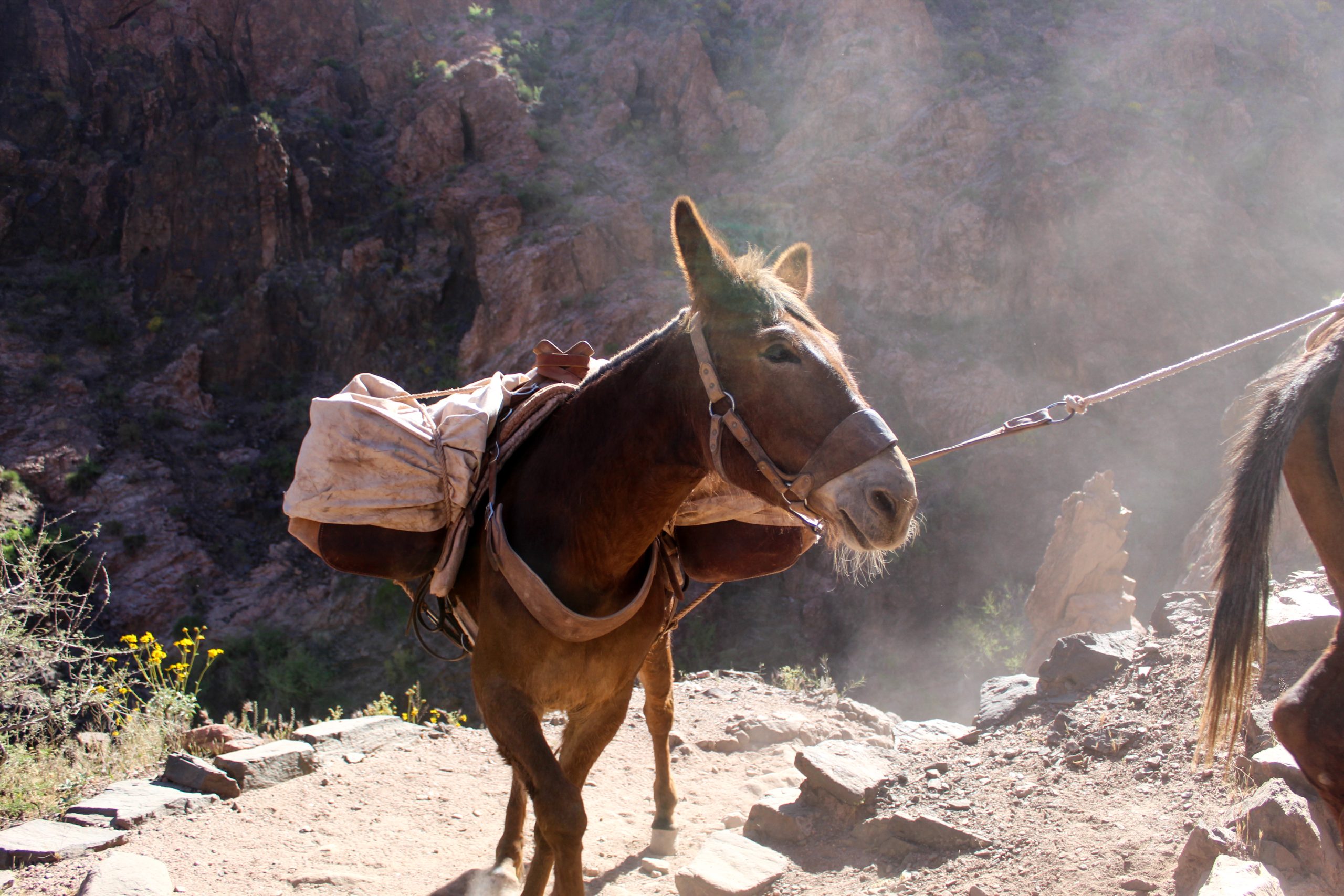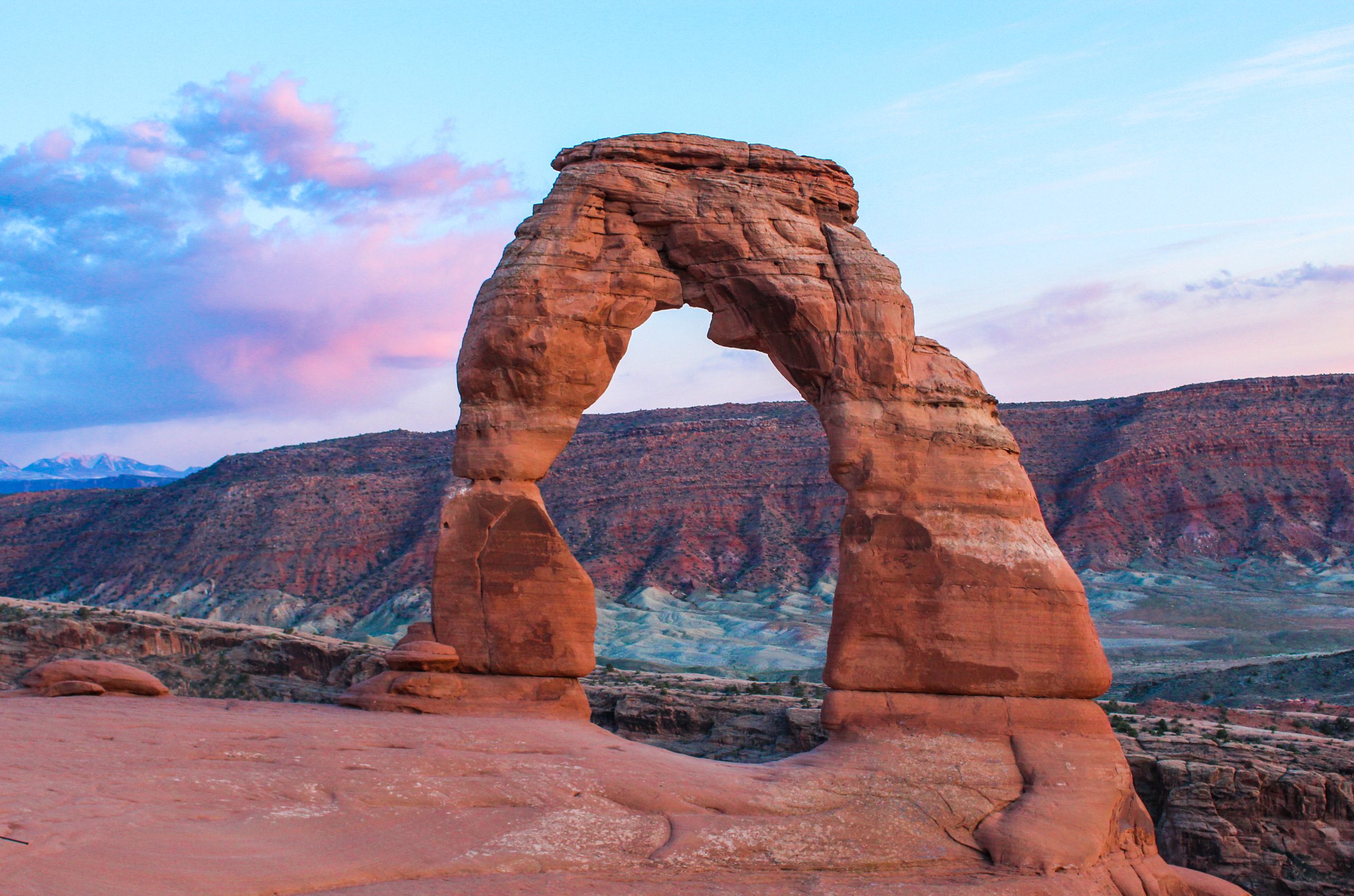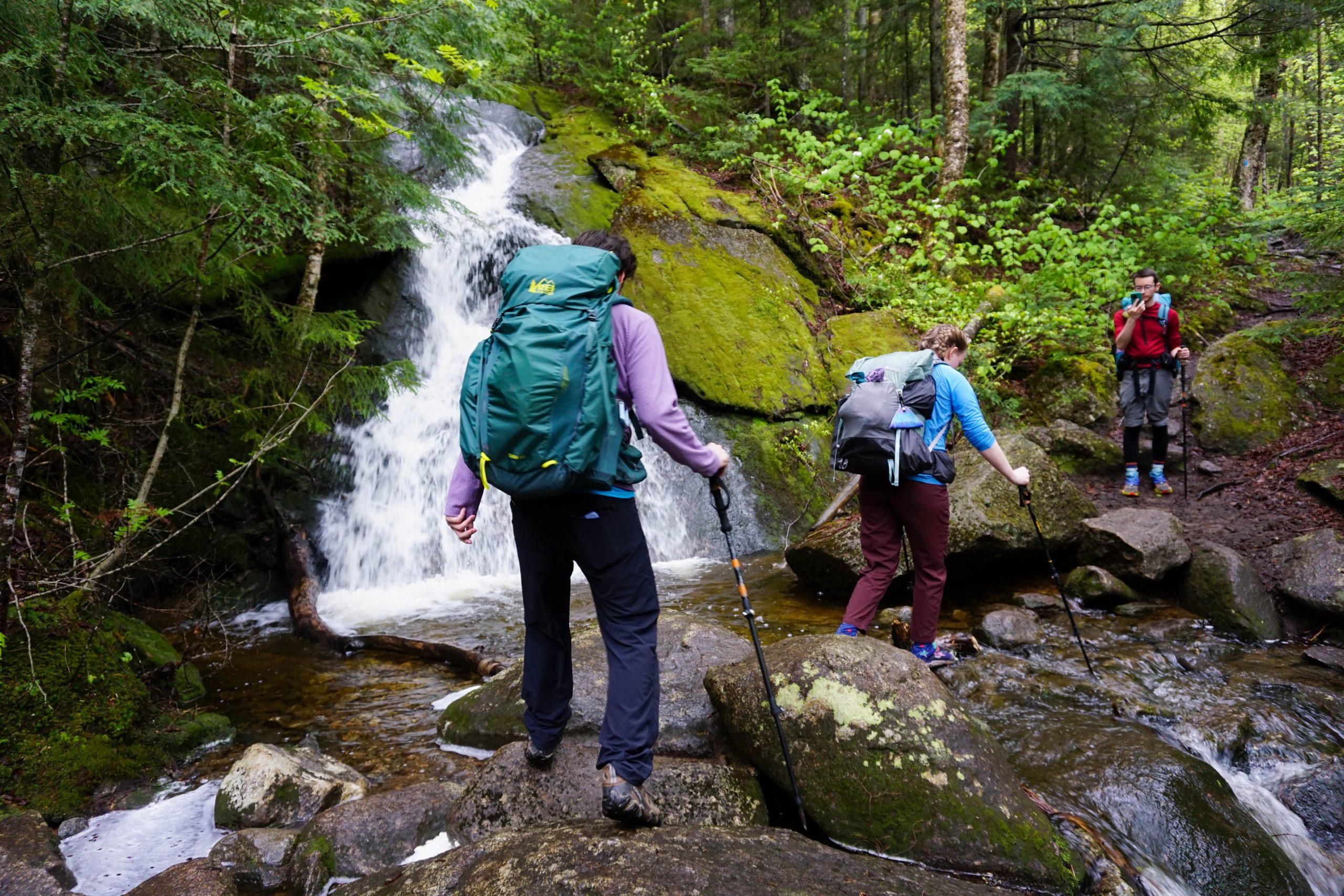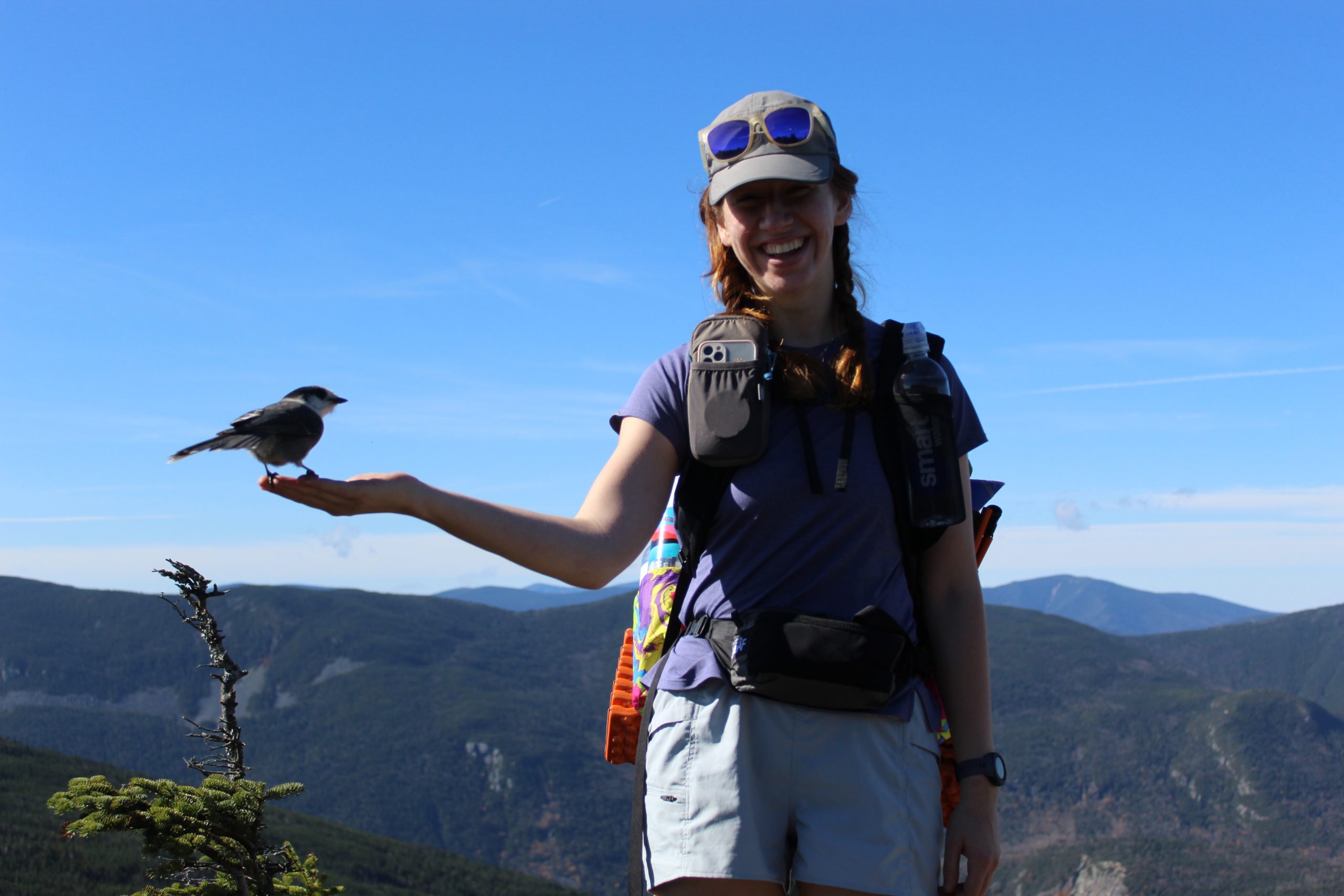LIn any community, the hiking world has its unwritten rules, people love to discuss them. What a hiker sees as basic courtesy, another could find completely above. After many miles on several paths and a lot of thought about how we can all share these spaces harmoniously, I have gathered a list of the most controversial guidelines and their generally accepted best practices.
Who has the right of passage? Uphill vs. downhill
This is a classical discussion, one that I am sure you have heard debated before. In general, hikers who go uphill have the right of passage. Because? Because it is more difficult to stop and restart when climbing. Hikers who go downhill, they are generally easier for them to stop, separate and get in the way back. That said, you must use a good judgment right now!
We can all imagine the frustration of losing the uphill rhythm when a hiker downstairs does not leave to let you pass.
If a hiker downhill is fighting, or a hiker uphill stops for a break and agitates you, adapts. If the path is wide enough for people to pass by, do not hesitate to keep walking! The goal is to keep everyone in motion, not follow the rules too strictly.
Personally, I always take aside for the head runners down when I move uphill. TechnicallyAccording to the label, I shouldn’t have to do this, but I find it much easier to let them go beyond me while I take a time to recover my breath!
Cyclists give to hikers and horses, horses yield to anyone
This performance order is quite standard and helps keep everyone safe, especially when it comes to surprising animals.
Hikers and cyclists should always give in to horses and other pack. Leave the path on the downstream side if it can, so that the animal is not afraid of a fall. Do not perform sudden or aggressive movements as the animal passes, and try to step on any new peanut for the rest of the path. That last is not a label; It simply feels intelligent.

Nobody wants to play Red Rover with an animal!
Motorcyclist guidelines are where things get hot. Cyclists should give in to hikers along the way, and must drive at a speed and with a control level that will always allow them to do so. As I do for trails, I usually get out of the path for cyclists, since I think it is much easier for me to stop for a second than it is for cyclists who stop, leave their bicycle and drag everything to the side of the path.
That said, nothing enrages me more than a motorcyclist out of control that passes beyond me on a path without a previous warning or effort made to reduce speed. Most hikers will defend himself for cyclists, but They do not have toAnd cyclists should always be prepared to give in to hikers, announce their presence and pass safely.
I don’t want to hear your music
Do you want to start a discussion? Simply bring a portable speaker along the way. For many, including, the sounds of nature are a large part of why we are out there. Reproduce music aloud, regardless of your taste, ruined that natural sound for others. If you want to listen to music, that’s fine, but that music should only be heard by you. Bring good headphones if you want music, and let everyone enjoy peace and tranquility in which they walked.
You must strain your dog unless the opposite is explicitly indicated
I love a good path of paths, but Correa rule is important for wildlife, other hikers and the dogs themselves. Your dog must be with a strap on most multiple use paths and in national parks/forests, unless the signals say otherwise. A dog without a strap, even if it is good, can still chase wildlife, scare hikers and get into dangerous terrain.
Even if your dog does not bite wildlife, it can still have a very negative impact. For example, in fragile alpine environments, it is known that dogs without strap scare Pikas to the stress induced death point. These little and sensitive creatures trust at every moment of their short summer to collect food, and have a fear repeatedly can quickly exhaust their energy reserves.

Dogs are required to have a strap in almost all national parks, if they are allowed at all.
Wild life can be as dangerous for your dog as your dog can be wildlife. An unleashed dog can wander in an encounter with a coyote, a mountain lion or an alce or cool protector. Even smaller animals such as porcupines or skunks can inflict painful lesions.
Beyond the confrontations of wildlife, dogs do not have the knowledge of the land that many hikers have, and can easily have a devastating accident. Just a couple of years ago, a dog 600 feet fell from a cornice In the Pico de Torrey, an incident that could have been avoided if the owners had tied the dog as necessary.
It is also incredibly rude to assume that everyone wants their dog to run towards them. Some people have allergies, others are afraid of dogs and others simply prefer not to interact. A unleashed dog running towards a stranger, no matter how friendly you Know that they are, it is not a fun situation. I have lost the account of how many times the dogs have run on the paths, while their owners make weak attempts to return them to return them before offering a casual, «he is friendly!»
If the path does not explicitly affirm that it is for dogs without a strap, your dog must be with strap.
Fruitous patches: Stay on the road!
His first thought when hitting a muddy or a puddle on the path could be to walk around him to keep his shoes clean. However, they will not leave tracking guidelines that would ask you not to leave the path! This seems harmless, but if many hikers do it, create a wider and more eroded path that damages fragile plants and earth.

Embrace the probability of your imminent wet feet.
This practice, often called «braid of trails», expands the path unnecessarily, impacting more of the natural landscape and the increase in erosion. Destroy the vegetation along with the road and can take years for the ecosystem to recover. Instead of expanding the path, walk directly through mud or puddle. Open it! That is why hiking shoes are, and it is much better for the road.
Pack the food remains, even orange peels!
Some hikers think that «natural» food remains such as banana peels or orange crusts will simply disappear. Eventually, but not fast. In a compost container, the shells and the shells take 1 to 6 months to disappear, but, thanks to typical temperatures, moisture and oxygen/nitrogen content, they will last a lot More time on a path. Banana peels can take up to two years to decompose, while orange peels can persist indefinitely.
While they persist, they attract wildlife, teaching animals to trust human foods, which can be harmful to their health and natural behaviors. In addition, the introduction of foreign organic matter can subtly change the natural balance of the soil. Some paths see millions of visitors every year, and these small changes add to some quite important consequences!

Gray Jays in New Hampshire is so accustomed to being fed that they will come to land in their empty hand.
You must pack each food scrap, no matter how natural it seems. That includes nut shells, fruit peels and anything else you brought with you. Leave no trace means leaving the path as you found it!
To sum up
While hating to sound like a mojón (ha ha)Following these super simple guidelines helps to ensure that everyone can enjoy their time outdoors. Through collective action, our impacts on the landscapes that surround us are quickly built, and it is important to take this into account by spending time in our beautiful lands.


:max_bytes(150000):strip_icc():focal(734x317:736x319)/John-Elway-Jersey-Retirement-family-2013-121925-1760b5e2107140f3b008135e22033b99.jpg?w=238&resize=238,178&ssl=1)

